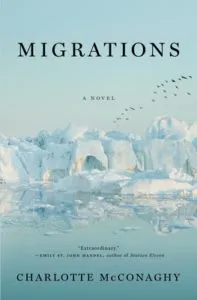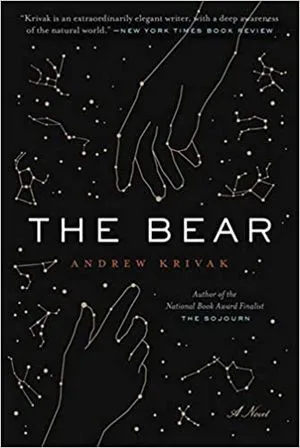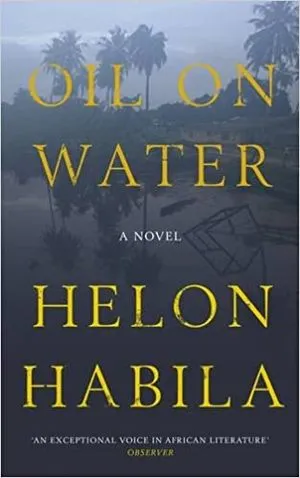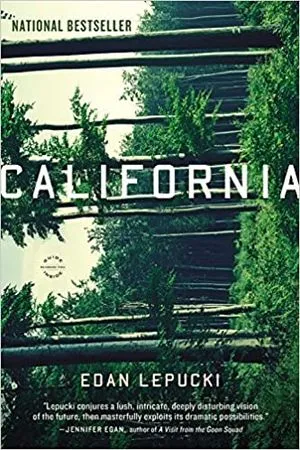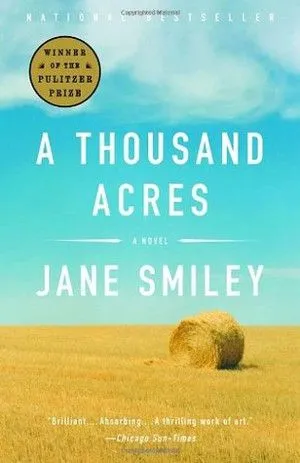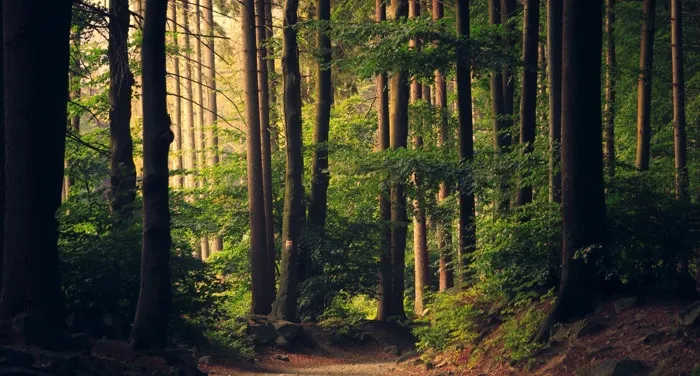
10 Compelling Eco Fiction Reads
What is eco fiction? Eco fiction has environmental themes, narratives surrounding human impact on the climate crisis, the natural world, environmental activism, animal and human rights issues, and more. Some eco fiction is futuristic, and more often than not it is dystopic because of the dire state of the climate emergency that faces us. But eco fiction can also be an observation about the natural world today, or a reflection on a past climate event.
The past four years have seen a huge boom in eco fiction books being published. In fact, half the books on this list have been published in that time frame. I like to believe this is a reflection that climate activist’s have finally captured the world’s attention about the seriousness of the climate crisis. And I hope fiction writers keep exploring these theme to help readers unpack the complexity of the issues, and the impact the crisis will have on human life, as literature is so well poised to do.
The Bear by Andrew Krivak
The Bear follows a girl and her father who are living alone in the wilderness at the end of humanity. From the father’s stories, we know these two people are last humans on Earth. But it’s not a dystopia; in fact, they inhabit an Edenic world. Their days are filled with diving for mussels, foraging the forest floor, making rose-hip jam, picking mint for tea, watching the stars in the night sky, and following bees to their hives. It’s a lush world. Though it’s a near humanless world, it is by no means lifeless. Rather, our these last two commune with a beautiful wilderness that has indeed returned to wild in humanity’s final days.
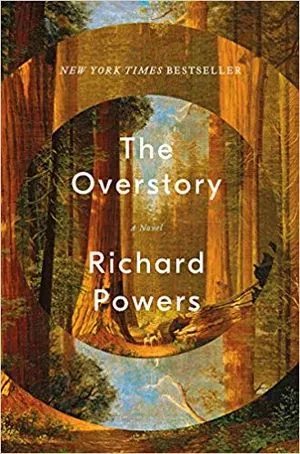
The Overstory by Richard Powers
The Overstory connects the sweeping, yet interlocking, stories of a big cast through their unifying connection to trees. Many of the characters end up environmental activists in one form or another, and as the rings of their stories spiral closer together, several of them end up meeting over protests against a violently extractivist timber company. Though the people and their individual stories are interesting, the trees are the really memorable characters of this novel. They are so alive and beautifully rendered that the reader can see them, feel them, and even hear them—that is, if we listen closely enough.
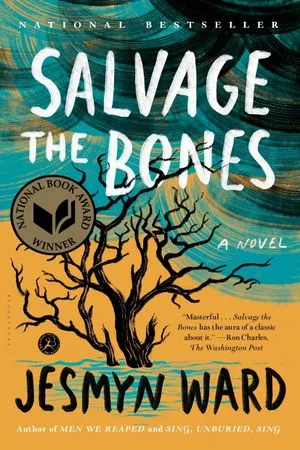
Salvage the Bones by Jesmyn Ward
This story begins in a poor community called Bois Sauvage, Mississippi, just before Hurricane Katrina strikes. The novel starts out fierce and intense, and that intensity only builds as the threat of the storm grows closer. The main character is Esch, and at 15 she has just realized she’s pregnant by one of her older brother’s friends. As the family prepares for the hurricane to strike, Esch keeps her pregnancy secret from her brothers and her overburdened and alcoholic father.
Though the hurricane itself doesn’t appear until over 200 pages into the novel, this is a work of eco fiction. The book clearly demonstrates the disproportionate effect the climate emergency has on Black and brown communities. Because extreme weather is not the only emergency Esch’s family has to grapple with. On top of the threat of a violent climate, they must also tough their way through extreme poverty, violence, abuse, and oppression. Eco fiction is a brilliant way to explore themes of intersectional environmentalism, and for some nonfiction reads on similar topics, check out this post.
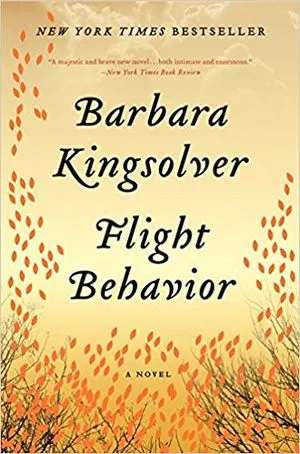
Flight Behavior by Barbara Kingsolver
Flight Behavior is one of the best known contemporary eco-fiction novels. It takes place in rural Appalachia, and follows Dellarobia Turnbow, a dissatisfied farm wife who fell pregnant at 17 and has spent the last several decades disappointed with what her life amounted to be. When Dellarobia comes across a cloud of butterflies who have strayed far from their typical flight path, she takes their arrival almost as a sign of the rapture. Soon scientists, media, and other outsiders and sightseers descend on this remote Appalachian community to study and see the butterflies with their own eyes. And as everyone has their own take on the environmental phenomenon before them, conflict spirals out from there.

Barn 8 by Deb Olin Unferth
Climate activism is a big topic in this very new work of experimental eco fiction. In Barn 8, animal liberationists plot to steal millions of chickens from “big ag” farms. Like any good heist story, the crew that bands together to hold down the robbery is a bit of a misfit bunch. What results is a kind of madcap heist story, and it is both wacky and political.
Parts of this work read like science fiction. For example, the factory farms are rendered almost like an alien planet. Oh, and also, we occasionally jump 20,000 years into the future in order to witness what could become of chickens on a polluted-to-death planet.

Drive Your Plow Over the Bones of the Dead by Olga Tokarczuk
This is a Polish murder mystery about animal rights, crimes against nature, astrology, and more. It follows an older woman, Janina, who lives in a remote Polish village and clearly prefers the company of animals to people. Winter is settling in around the mountainside community, and Janina spends most of her days alone, checking on the summer homes of wealthy city families who won’t return to the village for months. At the opening of the novel, Janina’s closest permanent neighbor is found dead, and soon thereafter a mounting number of other strange and suspicious deaths occur throughout the community. Janina becomes obsessed with investigating the deaths, and is convinced they are a string of connected murders with an environmentally-tinged motivation.
Oil on Water by Helon Habila
Oil on Water takes place in the neocolonial Niger Delta. Two Nigerian journalists are tasked to investigate the kidnapping of the wife of a white British oil engineer. The journalists end up more than just investigators or witnesses, and they become determined to expose the environmental and societal damages caused by oil extraction from the Global South to the Global North. The tension comes from more than just the mystery, as these journalists discover the unbelievable wealth of the oil barons, and the true extent of contaminated waterways and biodiversity loss, they become activists on a dangerous mission.
California by Edan Lepucki
In Lepucki’s California, the world has been ravaged by the climate emergency and society is on the brink of collapse. The rich have already fled the cities for gated communities, and for the rest of the population, food and water are scarce. A young couple, Cal and Frida, head for the hills and attempt to escape Los Angeles as it crumbles behind them in the distance. At first they attempt to survive in the wilderness on their own, but when Frida finds out she’s pregnant, the couple decides to seek out a settlement with other survivors for their safety and the baby’s. But this is where the novel gets really threatening, as it explores how individualistic and naturally hierarchical human societies become when they are adapting to such extreme conditions.
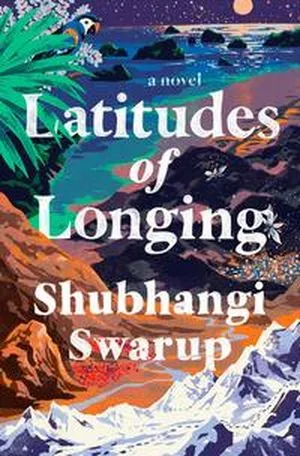
Latitude of Longing by Shubhangi Swarup
Latitude of Longing is like an experimental folktale that follows the lives of interconnected narrators in different geographical settings. Some of the voices are human, but some of them are other forms of nature—like a turtle in the sea, or even the “ghost” of the evaporating ocean. The stories all come from the Indian subcontinent and the Middle East, so the natural world we get to explore is that of the diverse and lush landscapes of the Himalayan mountains, Andaman Sea, and a snow desert near Pakistan. The novel explores the way overlapping relationships—and indeed environments—can change people and places.
A Thousand Acres by Jane Smiley
A Thousand Acres is a beautifully rendered family drama about an Iowa farm dynasty in the 1970s, just on the brink of the national farm crisis. It’s described as a 20th century King Lear reimagining because the central drama is between a family—a successful farmer and his three daughters. As the farmer ages, his power and hold on the family dynamic wanes, and loads of tensions bubble up in the process. But outside the immediate family, the close-knit neighbors also play a big role in this drama—as they so often do in rural communities—and more tensions mount.
A lot of the pressure on these characters comes from a quickly modernizing world, and the changing landscape of farming. All the farmers are determined to accrue land and wealth, even as this process becomes more and more difficult. Because of this, the farmers all make abundant use of pesticides, weed killers, and fertilizers, and they don’t realize that they are in effect poisoning their own communities in the process. In fact, sometimes when they’re warned by members of the community, more fissures develop.
Eco fiction can, and should be, as diverse as our natural world. These topics are complex and the impacts of the climate emergency effect all kinds of communities and families in different ways. To further understand these topics, check out these nonfiction reads on nature and climate, or this round-up of books about the Green New Deal.



